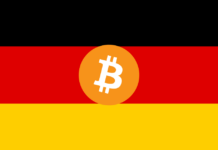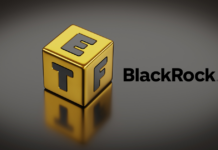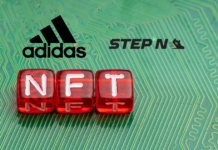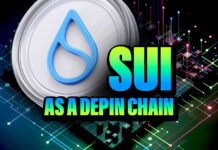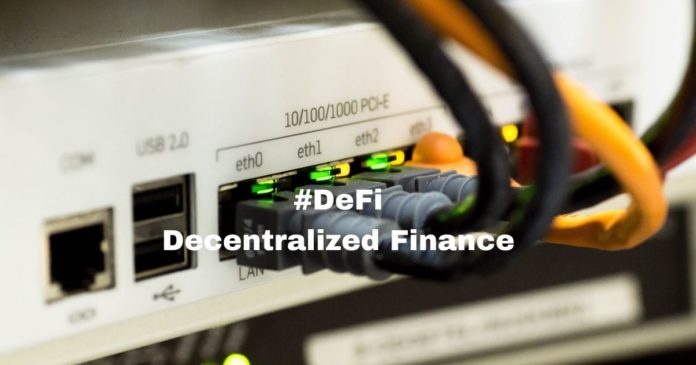Decentralized finance (DeFi) is transforming the way people think about money all across the world. Banks have historically dominated the way we access money. Now, they are seeing challenges to their monopoly. DeFi is beginning to provide an alternative that has the potential to change the economic landscape and democratize access to finance.
In this article, we will describe what the future of DeFi will look like. We see three things that will define DeFi’s future. Those are:
- Tokenization
- Central bank digital currencies (CBDCs)
- Multichain protocols
Tokenization
Traditional financial experts are sometimes skeptical about DeFi since it is all about tokens. Although, this is missing the point. You can use tokens to represent anything. For example:
- Real estate
- Social clout
- Employment
- Community participation
We think in the future, you will be able to value and exchange almost anything. You can represent anything as a token. Then you can monetize it. The major impediment to our attaining this goal is a lack of money.
Is there going to be a market for tokens that can be purchased and sold? The cornerstone of DeFi is the invention of liquidity pools. In fact, they build marketplaces, which make the exchange of value across assets much more accessible.
Central banks Digital Currencies (CBDCs)
The DeFi industry is expanding at an incredible speed. DeFi is a trustless ecosystem that delivers everything from insurance to loans to savings accounts. By using smart contracts, it transforms traditional financial ideas into transparent protocols. The total value of assets held in DeFi financial products is about $150 billion.
Above all, governments and banks are fearful of losing control of the monetary system. So they are focusing on creating their own digital currencies. Central bank digital currencies (CBDCs) are the newest method for central banks to keep control over the monetary system. Also, it allows users to make transactions faster and cheaper.
The development of CBDCs presents both a danger and an opportunity to DeFi. Although, just because CBDCs are gaining momentum does not erase the possibility of DeFi finding a role in our future world.
In fact, if people want to keep control of their money and know where it comes from while also enabling underdeveloped countries to access to banking, then DeFi is the solution.
If government currencies want to be utilized as fully digital money, CBDCs will have to provide:
- Decentralized exchanges (DEXs)
- Borrowing and lending protocols
- Exchange aggregators that automatically discover the lowest rates
- Cross-chain bridges
Then, if we look at the long term, regulatory certainty will give people and institutions more confidence. Also, it will prepare customers to use DeFi on their terms via current applications. In fact, many consumers will have no idea they’re communicating with a blockchain. Because all the complicated wallet operations will be hidden. This combination between traditional banking and decentralized finance may provide DeFi the drive it needs to break into the mainstream.
Multichain protocols
Ethereum is the most active and popular blockchain. However, other competitors are rising to provide credible alternatives. Some of these protocols are:
- Binance Smart Chain (BSC)
- Solana
- Polygon (MATIC)
- Cardano
- Avalanche
For example, all these protocols want to provide minimal cost and transaction processing time. Even for Ethereum supporters, the arrival of other chains isn’t always a bad thing. After all, a multichain ecosystem allows for more new protocols to join the market, each with a large user base.
Some blockchains require specific programming languages, such as:
- JavaScript
- Rholang
- Simplicity
- Rust
- Solidity
But it may be difficult for developers to learn all the languages. Different coding languages, on the other hand, could provide developers with various ways to solve a problem.
In the crypto ecosystem, there are many smart contract platforms. All platforms have an influence on the blockchain space in terms of:
- Accessibility
- Economic feasibility
- Creativity.
Although blockchains are now isolated, everything will eventually join together to form an interoperable and fast network of protocols that satisfies our daily needs.
We’re still a long way from reaching interoperability’s ultimate goal, but once it is, the crypto industry will be unstoppable.
And now, you can join us on Telegram to receive free trading signals.
Lastly, for more cryptocurrency news, check out the Altcoin Buzz YouTube channel.



